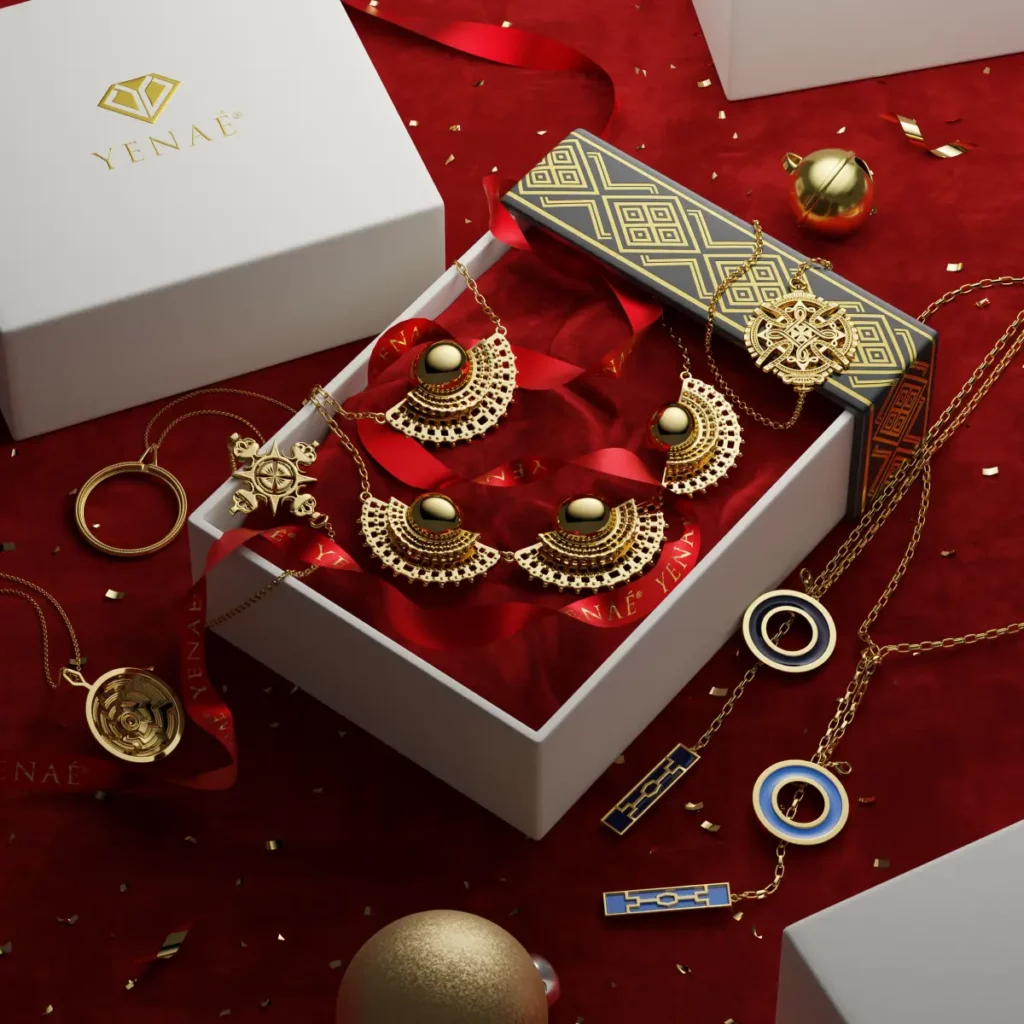Good reference images are vital for a successful CGI product photography project, and will potentially save you time and money on avoidable extra revisions. Taking proper reference images needn’t be difficult, and can easily be achieved with your smartphone.
When taking reference images of your product, a little planning and preparation goes a long way. The more extensive and true-to-life your reference images are, the more accurately we will be able to portray your product. Here are the key elements you need to consider:
Daylight is one of the most important aspects to think about when shooting reference images. Take your photographs in daylight or in a highly lit room to ensure your images are clear and bright. Avoid direct sunlight, as this could lead to problematic light spots and shadows on your product.
A white surface will remove background noise from your image and allow your product to be displayed as clearly as possible. A white table or even a white sheet of paper will make the ideal backdrop for your reference images.
To guarantee your 3D model is as realistic as possible, it’s important to ensure we can see your product from a variety of angles. Shoot your product from overhead, underneath and from each side to help us create a strikingly true-to-life replica.
It’s extremely useful for us to see what your product looks like ‘in action’. For example, if your product is a liquid or cosmetic item, send us a short video demonstrating its texture and application. If it is a jewelry product, snap a photo of it being worn.
Leading on from the previous point, a short, simple video showing your product in use and from different angles will help us get a better feel for how it moves and behaves. Sending us a combination of video footage and clear, high-quality reference images is ideal for 3D modelling.
